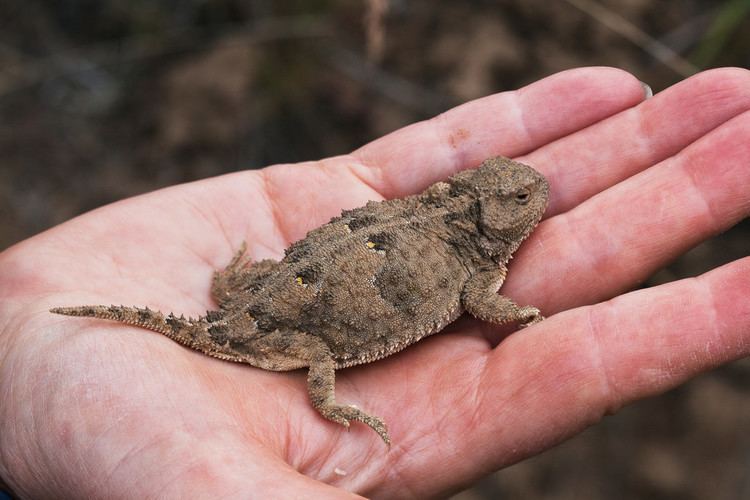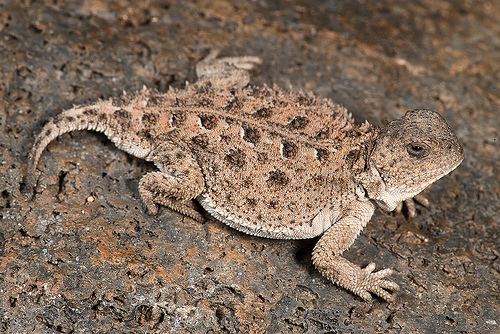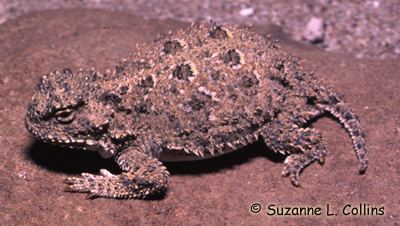Subphylum Vertebrata Suborder Iguania Scientific name Phrynosoma douglasii Rank Species | Phylum Chordata Family Iguanidae Higher classification Horned lizard | |
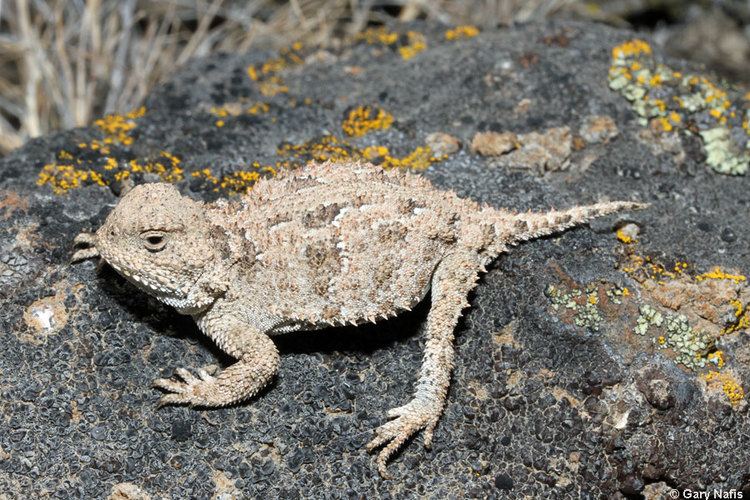 | ||
Similar Greater short‑horned lizard, Horned lizard, Reptile, Roundtail horned lizard, Short‑tailed horned lizard | ||
Pygmy short horned lizards in the wild
The pygmy short-horned lizard (Phrynosoma douglasii) is a species of small horned lizard that occurs in the northwestern United States. In the past it also occurred in adjacent Canada. Like other horned lizards, it is often called a "horned toad" or "horny toad," but it is not a toad at all. It is a reptile, not an amphibian.
Contents
- Pygmy short horned lizards in the wild
- Pygmy short horned lizard phyrnosoma douglasi vocalization
- Etymology
- Identification
- References
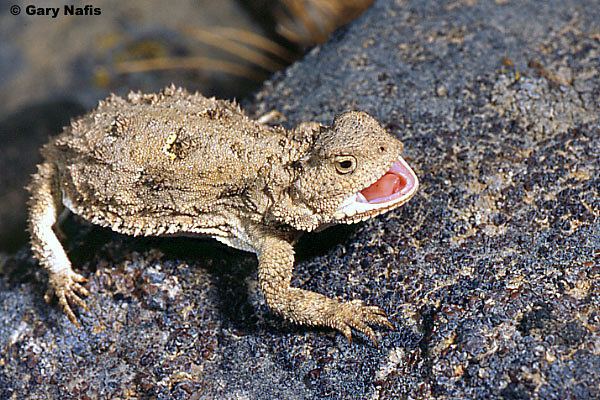
Pygmy short horned lizard phyrnosoma douglasi vocalization
Etymology
The specific name, douglasii, is in honor of Scottish botanist David Douglas.
Identification
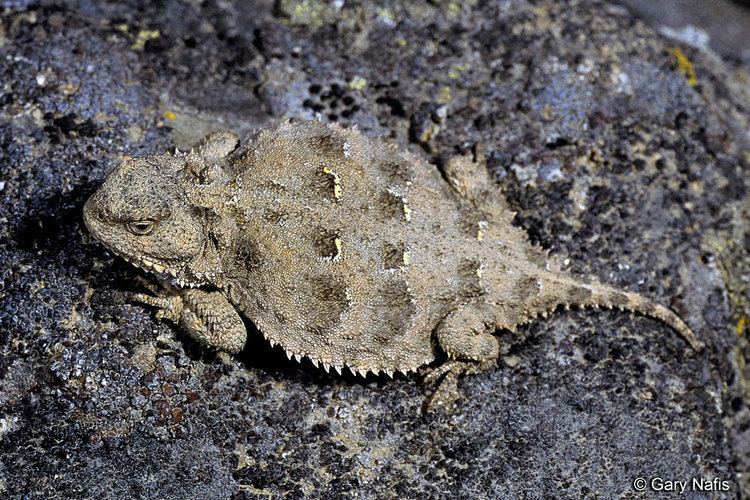
The pygmy short-horned lizard is often mistaken for its close relative the greater short-horned lizard (P. hernandesi ) which has the same basic body type consisting of small pointed scales around the head and back. Until recent mitochondrial DNA evidence, the greater short-horned was considered to be the same species as the pygmy short-horned. They are now considered distinct species with the pygmy short-horned lizard occupying the northwest portion of the United States and extreme southern British Columbia (now extirpated from Canada). When placed together the two are easily distinguished at full size, the pygmy short-horned lizard being much smaller. The greater short-horned lizard is a highly variable species with different geographic populations exhibiting differences in color, pattern, and size, with some authorities describing five subspecies. The pygmy short-horned lizard ranges in size from 1.25–2.5 in (3.2–6.4 cm) in snout-to-vent length (SVL) and is a flat-bodied, squat lizard with short spines crowning the head. They have a snub-nosed profile and short legs. The trunk is fringed by one row of pointed scales, while the belly scales are smooth. The color is gray, yellowish, or reddish-brown, and there are two rows of large dark spots on the back. When threatened or aggressive, their colors become more intense.
